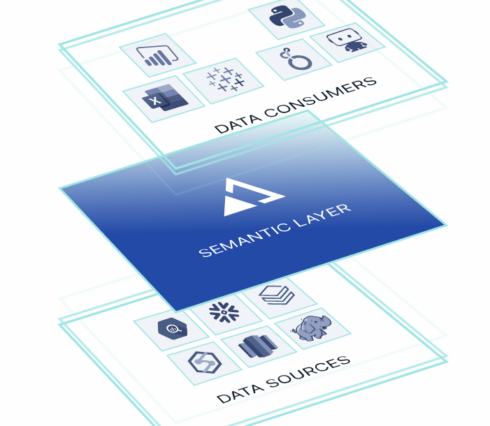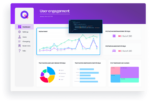
AtScale, provider of semantic layer solutions for modern business intelligence and data science teams, today announced new features added to its semantic layer platform. These capabilities focus on supporting code-first data modelers, such as developers, analytics engineers, and data scientists.
These features integrate with the company’s no-code visual modeling framework and offer users improved flexibility to build and manage data models and metric definitions in the semantic layer using code-based modeling frameworks.
With AtScale Modeling Language, analytics engineers gain enhanced flexibility by allowing them to design dimensional models that represent views of raw data intended to be used for business intelligence and data science.
According to the company, AtScale models include table joins, dimensional hierarchies, metrics definitions, and metadata geared at supporting user interaction from analytics tools.
Next, dbt Metrics Serving offers users an alternative to open-source modeling. This capability allows for the reading of dbt Metrics definitions straight from Git project files. Customers can also establish connections to dbt Models on cloud data platforms, and provide dbt Metrics to AtScale-supported analytics tools.
This enables analytics engineers to work in an open-source modeling environment while utilizing AtScale’s analytics layer integration, push-down query execution, and automated aggregate orchestration.
Lastly, the company stated that the addition of Python-based Metrics Engineering to AtScale’s AI-Link offers improved management capabilities for metrics stores. With this, organizations can create, read, update, and delete multiple AtScale objects using a Python API.
This helps analytics engineers and data scientists manage large metric stores while avoiding the need for manual updates.
“Analytics engineers and other code-first data modelers need the flexibility of a markup language and automation scripts to build and maintain the sophisticated data models underlying a robust semantic layer,” said Dave Mariani, founder and CTO of AtScale. “AtScale’s modeling language is built on best practices of dimensional analytics and seamlessly integrates with our metrics serving engine, ensuring optimal performance and cost efficiency of analytics queries, while maintaining tight integration with analytics layer tools.”





